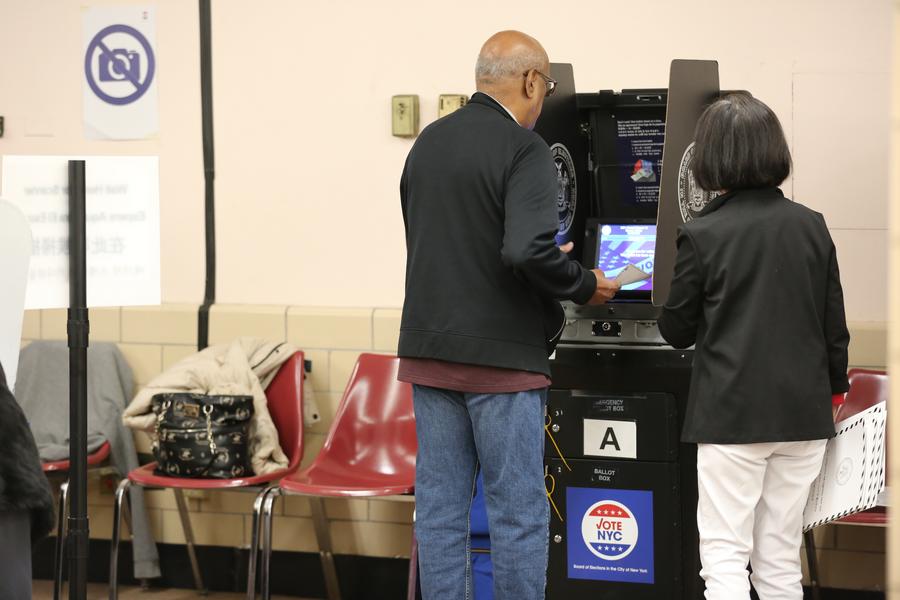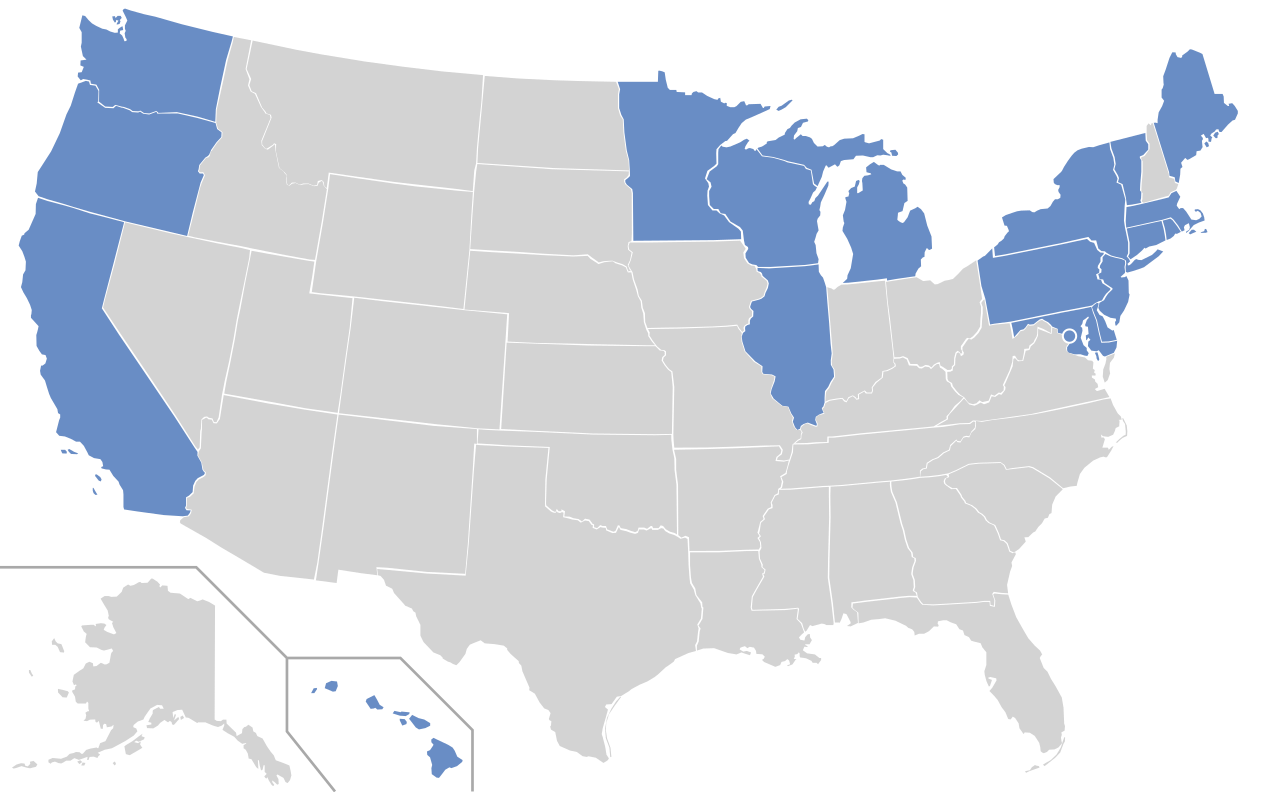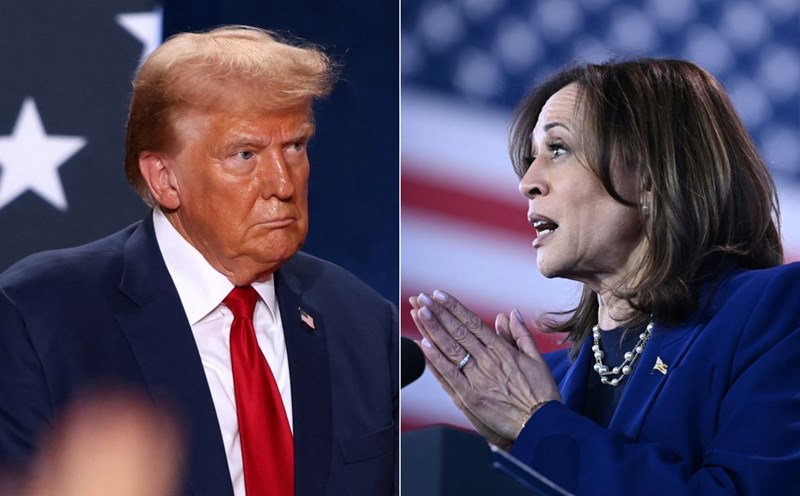The 2024 US presidential election is set to take place on November 5. Millions of people around the world are trying to make sense of the sometimes confusing campaign terminology used by political media.
One of those phrases is the Blue Wall. How could the Blue Wall determine whether the Republican candidate, former President Donald Trump, or the Democratic candidate, US Vice President Kamala Harris, wins the White House?
In a presidential election, a candidate must win at least 270 of the 538 electoral votes. Each state is allocated electors based on the number of representatives and senators in that state, and the state's electoral votes go to the candidate who wins the popular vote in that state.
Most of the 50 states have established voting patterns that lean either Republican or Democratic. Since 1992, 18 states—many on the country's east and west coasts—and the District of Columbia have consistently backed the Democratic candidate, a group known as the Blue Wall.

In total, the Blue Wall represents 238 electoral votes, with California and New York contributing the largest numbers, 54 and 28, respectively.
Republicans have similar strongholds in most of the southern states and the interior states. But with the exception of Texas and Florida—which have 40 and 30 electoral votes, respectively—these states are less populous and therefore have fewer electoral votes. In total, the solidly Republican states have 218 electoral votes.
Traditionally, Democrats have not needed to win any traditionally Republican states to win.
But while Democrats also need to make a handful of changes, or “purple” states — where both parties do well — Democrats must prevent Mr Trump from tearing down the Blue Wall, as he did in 2016.
Today, the Blue Wall really only refers to the three states that Trump flipped in 2016: Michigan, Wisconsin, and Pennsylvania, with a total of 44 electoral votes.

By flipping the tables in these three states, Mr. Trump secured 306 electoral votes to defeat Democratic candidate Hillary Clinton, even though Mrs. Clinton won the national popular vote by nearly 2.9 million votes.
However, Joe Biden won back these states in 2020 – also winning 306 electoral college votes – when he convincingly beat Trump in the national popular vote by more than 7 million votes.
This year, polls show the race in each of the three states is extremely close, making them some of the most unpredictable and competitive battlegrounds.
If Donald Trump breaks the Blue Wall again, he could become the next president of the United States.









